Press Release - November 2020
Mega Haul of Manta Ray Gill Plates Seized in Hong Kong Highlights Sri Lanka’s Unsustainable Fisheries
One of the largest ever documented interceptions of manta ray gill plates was seized at Hong Kong International Airport on the 23rd October 2020, with an estimated market value of HK $900,000 (USD $116,000). Around 330 kilograms of dried manta ray gill plates were discovered in a consignment labelled as ‘dried fish gills’ and confiscated on arrival from Sri Lanka by customs agents. However, the shipment may have to be released again, even though manta rays are vulnerable species that have been granted international protection.
Manta rays are enormous, graceful, and enigmatic rays that cruise the World’s oceans filtering their tiny zooplanktonic prey from the water using specialised gill plates. With the largest brain of any fish and a curious nature, manta rays are some of the most charismatic creatures in our seas. Historically, these gentle giants have evaded commercial fishing, but in recent years a new market has opened, and they are now heavily sought after for their gill plates for use in Asian Medicine. As a result, overfishing has devastated populations around the world.
“It is essentially an impossibility for any country to prove that commercial trade in manta body parts is sustainable.”
Due to their increasingly vulnerable status, manta rays were granted legally-binding international protection in the trade of products sourced from their body parts in 2013, under Appendix II of the CITES (Convention on International Trade in Endangered Species of Wild Fauna and Flora). This legislation means that countries must prove any international trade in manta gill plates is sustainable and non-detrimental to the survival of the species. Manta rays are particularly vulnerable to overexploitation and threatened with extinction because they reproduce infrequently, have just a single pup per pregnancy, and their overall population sizes are relatively small. “It is essentially an impossibility for any country to prove that commercial trade in manta body parts is sustainable” explains Dr. Guy Stevens, Co-Founder and CEO of the Manta Trust. It is therefore troubling that sources indicate a CITES permit was issued in Sri Lanka for the manta gill plates seized at Hong Kong International, but was lost in transit. If a new permit is sent to Hong Kong it will result in the shipment being released.
Sri Lanka has been a party to the Convention on the Conservation of Migratory Species of Wild Animals (CMS) since 1990, which listed manta rays under Appendices I and II due to their risk of extinction. As a member country, Sri Lanka should endeavour to strictly protect listed species by prohibiting the taking of them. Yet, it has established no legislative framework to implement the CMS convention and protect manta rays. As a result, the fishing of manta rays is not technically in breach of any laws in the country. In fact, Sri Lanka supports one of the world’s largest manta ray fisheries, largely driven by the export demand for their gill plates. At present, Sri Lanka’s rate of manta ray fishing is likely unsustainable. Blue Resources Trust estimate that around 600 to 1,000 manta rays are landed every year in Sri Lanka alone.
“This gill plate seizure by Hong Kong Customs is a clear indicator that trade in wildlife can be managed and enforced through conventions such as CITES. However, it also highlights the long road ahead for many countries, including Sri Lanka, in ensuring that protected or regulated species do not leave the country without the appropriate permits, and more importantly, are not exploited if they are protected under national laws or other international conventions.”
The Manta Trust and Blue Resources Trust have organised and participated in workshops to aid governments in monitoring the gill plate trade in Sri Lanka, Indonesia, India, Philippines and Peru. Working with customs agencies to help identify manta and devil rays and their products will help enforce CITES international trade regulations of these species. However, even with greater capacity to monitor and intercept illegal international trade, and the clear desire to do so as demonstrated by Hong Kong, nations like Sri Lanka must take responsibility to protect their own national biodiversity before it is too late.






